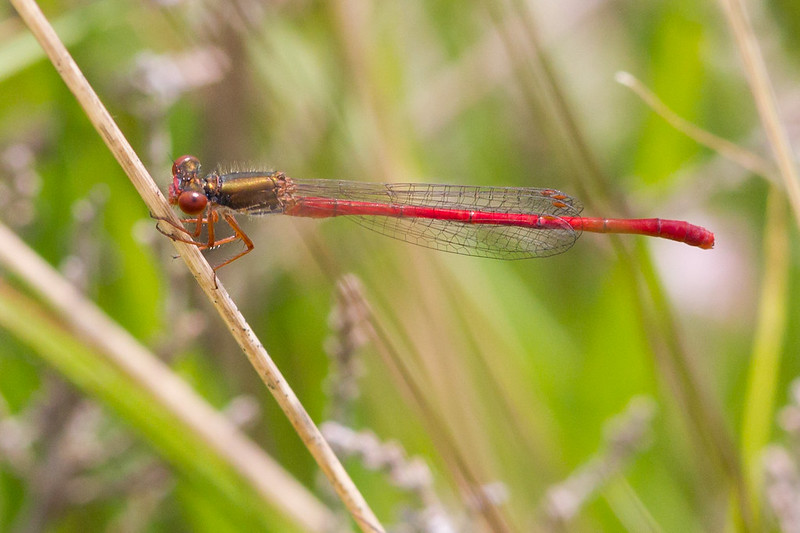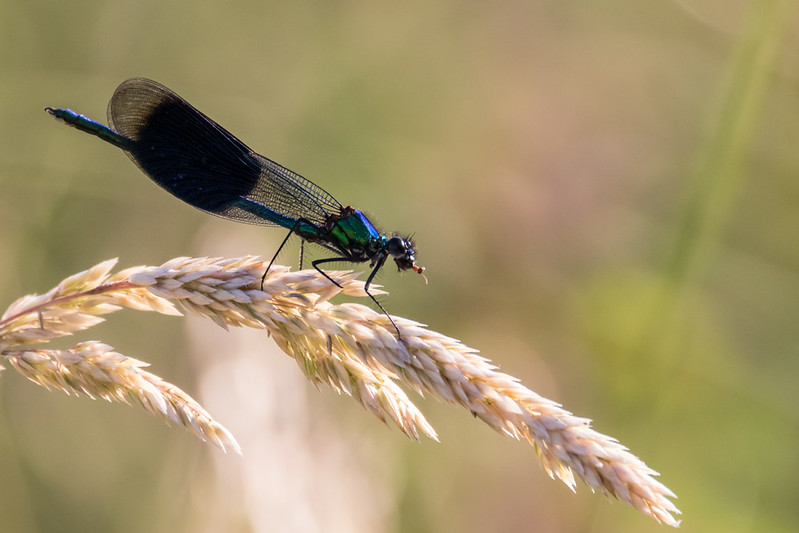- Messages
- 3,294
- Name
- Gary
- Edit My Images
- No
A few from yesterday
1.
 Four Spotted Chaser
Four Spotted Chaser
2.
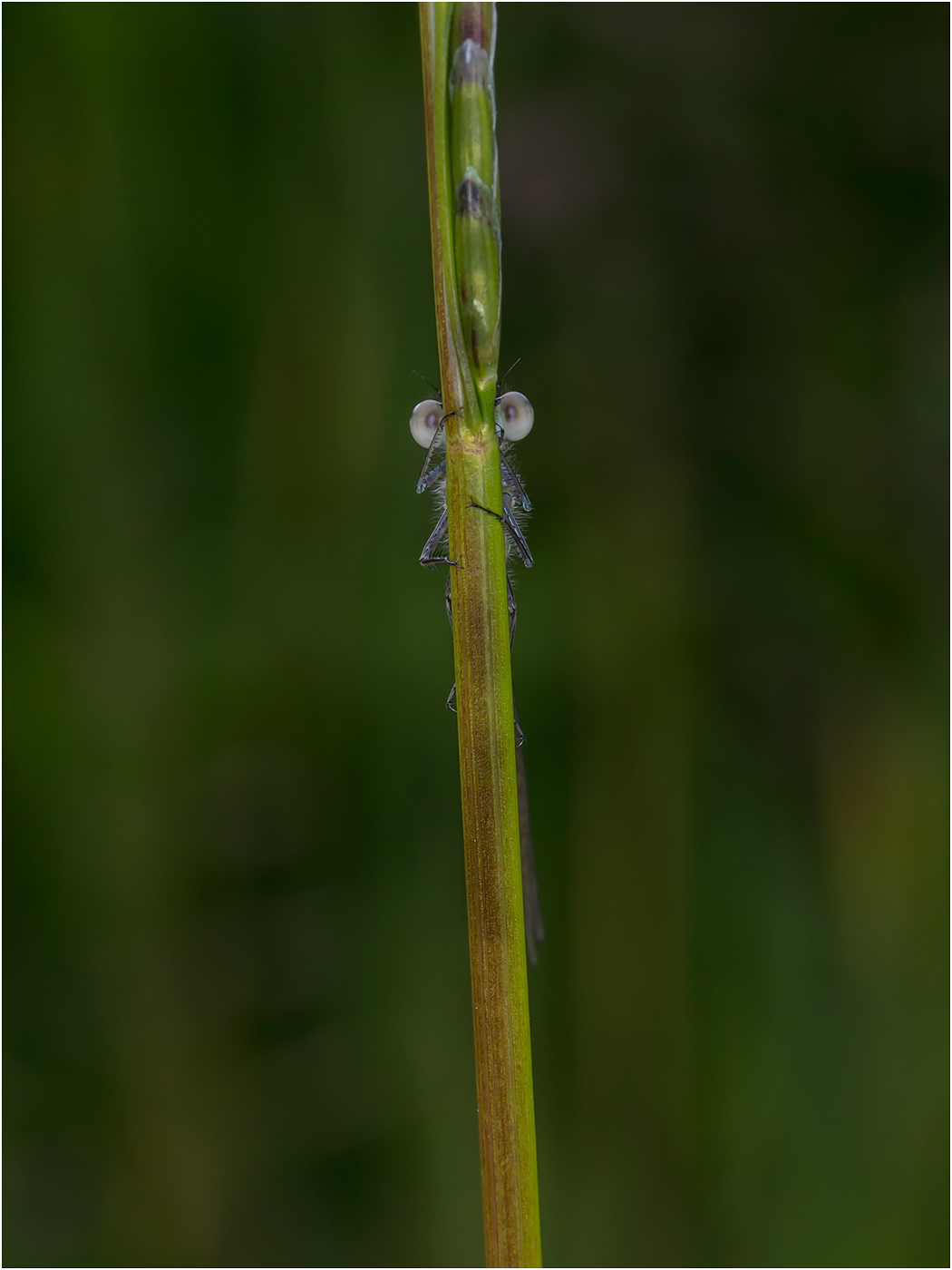 Azure Damselfly
Azure Damselfly
3.
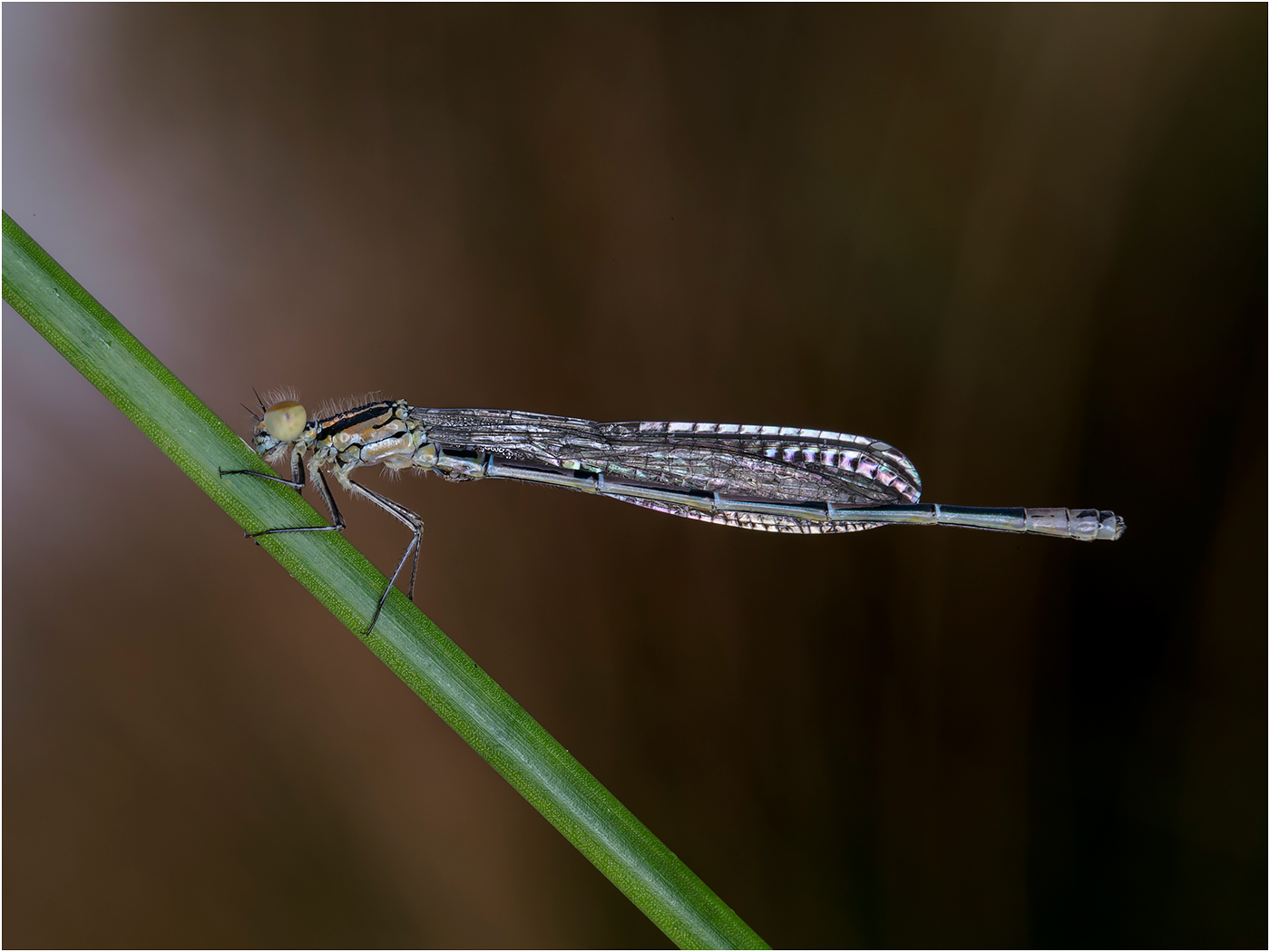 Male Azure Damselfly
Male Azure Damselfly
4.
 Four Spotted Chaser Mating
Four Spotted Chaser Mating
1.
 Four Spotted Chaser
Four Spotted Chaser 2.
 Azure Damselfly
Azure Damselfly 3.
 Male Azure Damselfly
Male Azure Damselfly 4.
 Four Spotted Chaser Mating
Four Spotted Chaser Mating

 Head on
Head on Round and round
Round and round Emperor
Emperor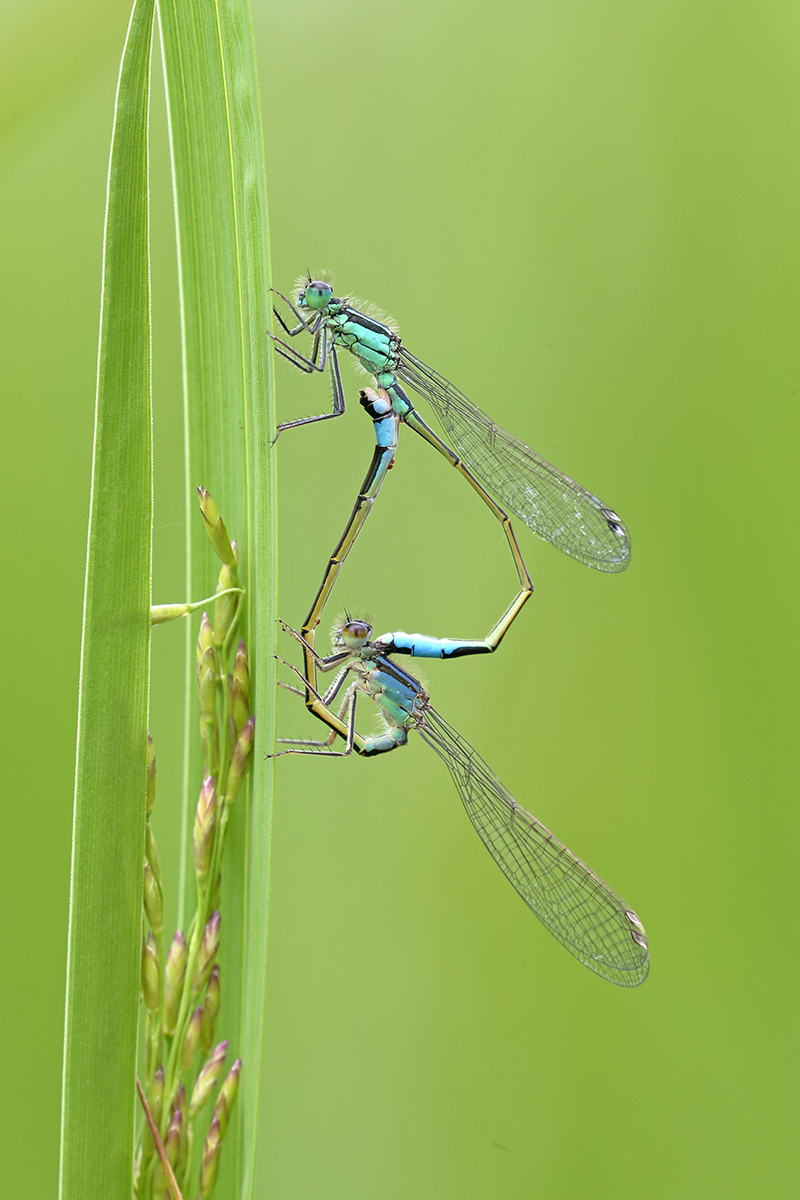 Blue-tailed Damselflies
Blue-tailed Damselflies
 Another mystery
Another mystery Which one is this
Which one is this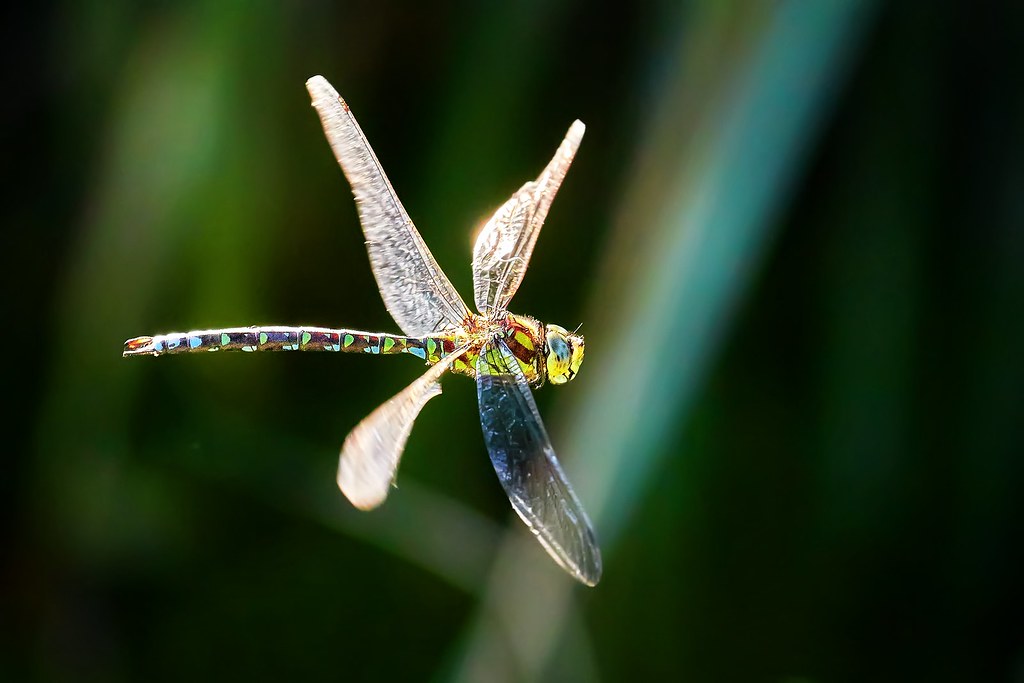


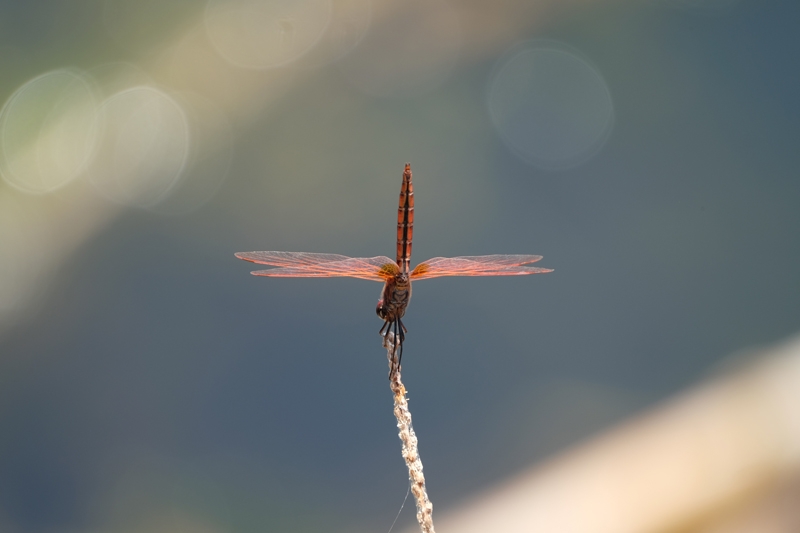
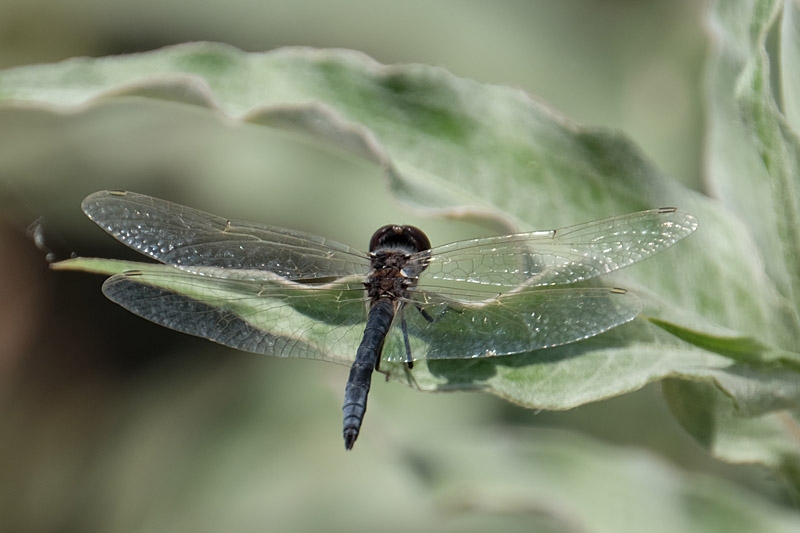






 Scarce chaser
Scarce chaser

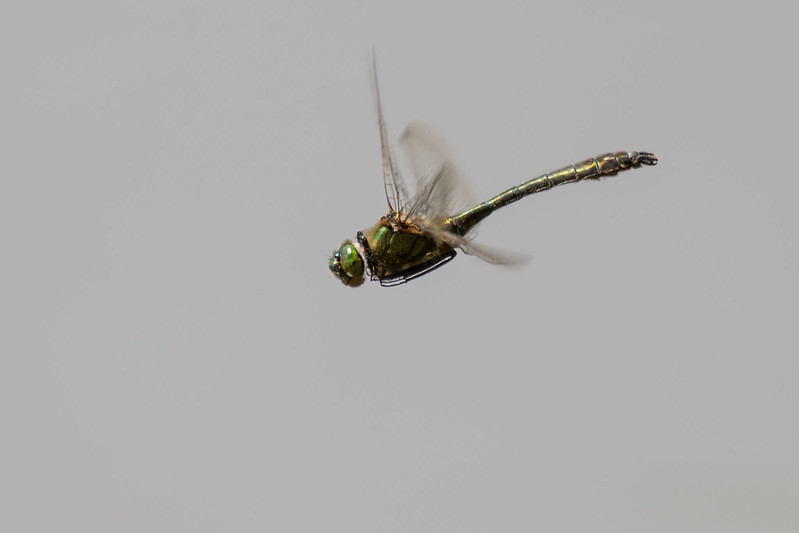
 Over-mature Female broad bodied chaser
Over-mature Female broad bodied chaser Over-mature Female broad bodied chaser 2
Over-mature Female broad bodied chaser 2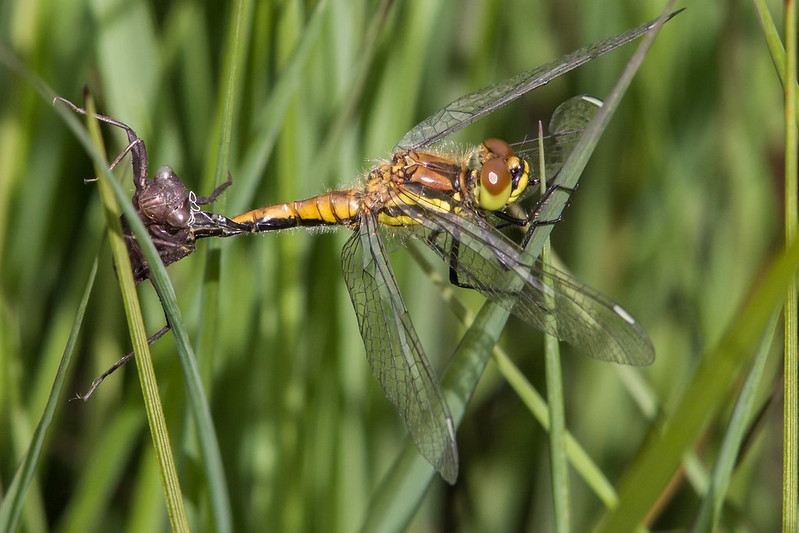
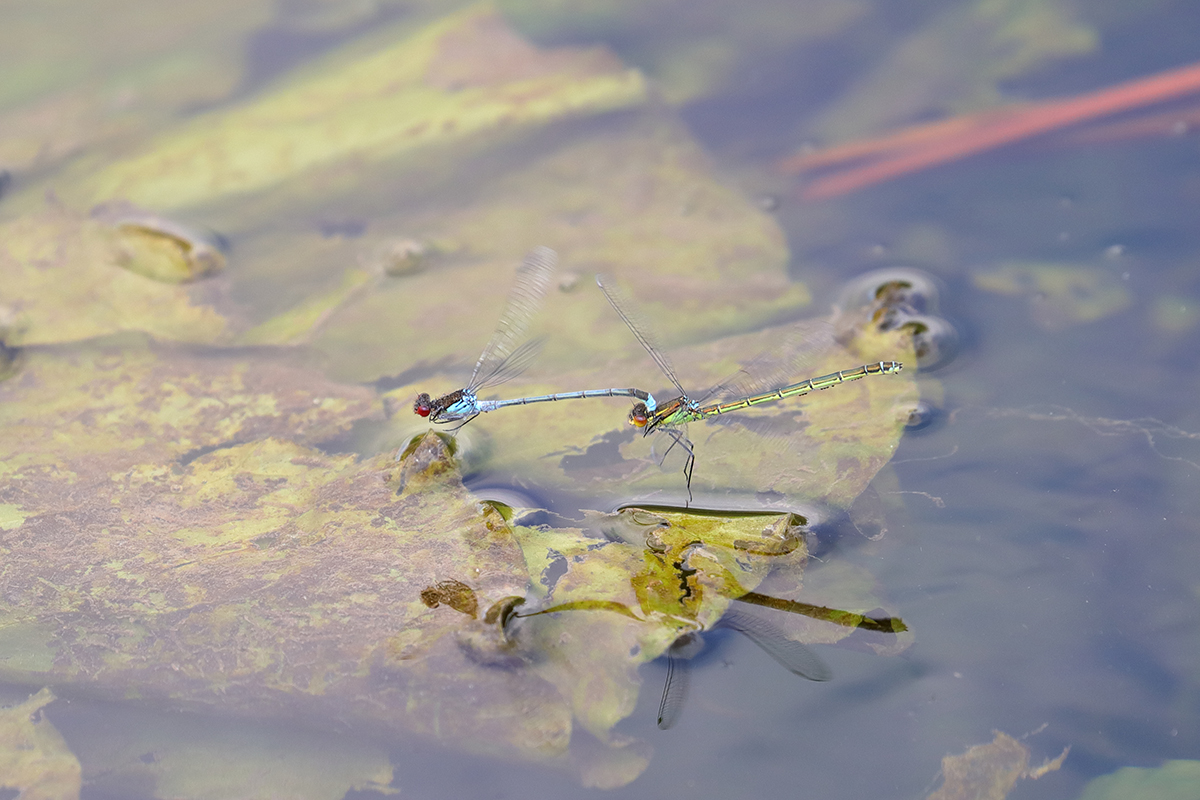 tandem Red-eyed Damselflies
tandem Red-eyed Damselflies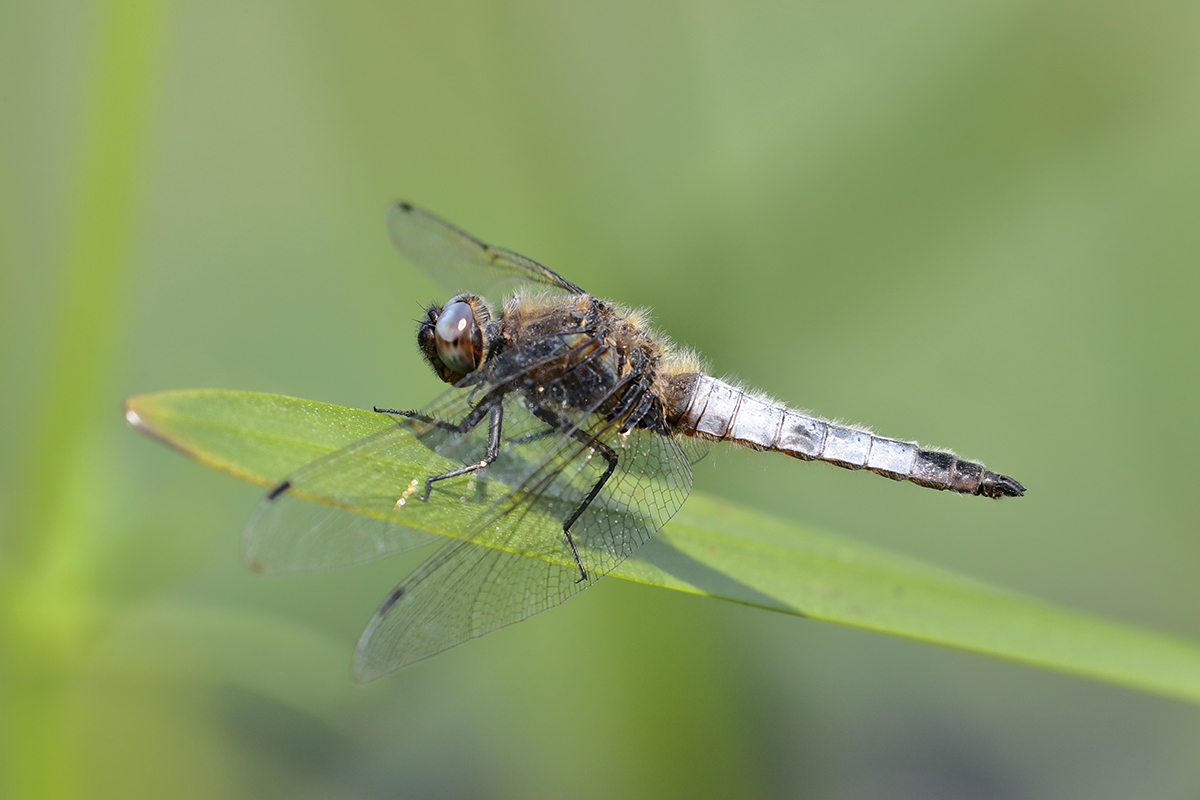 Male Scarce Chaser
Male Scarce Chaser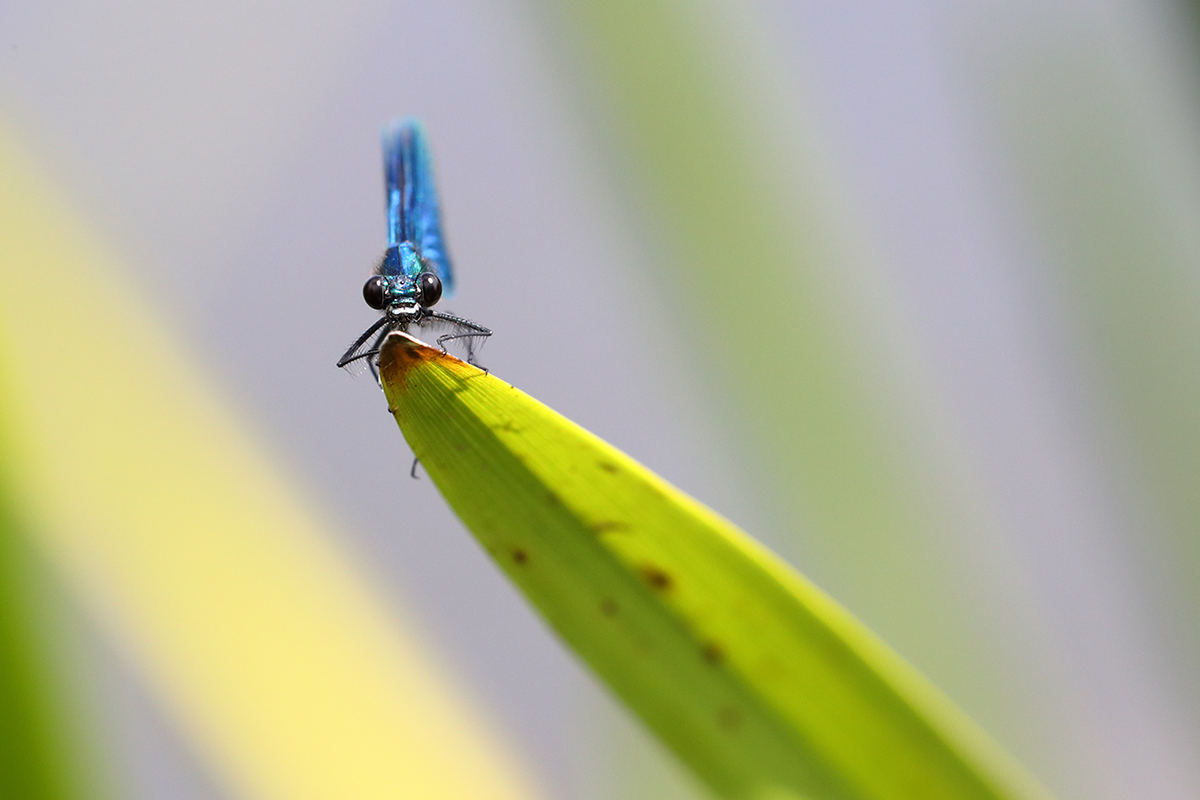 Banded Demoiselle
Banded Demoiselle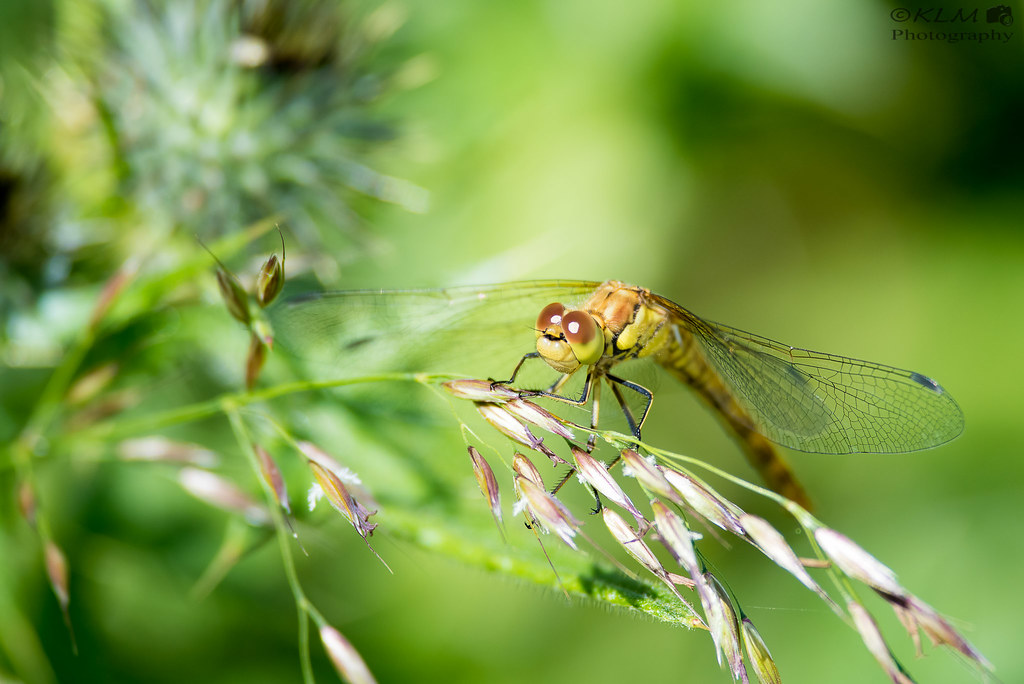 Happy Dragonfly
Happy Dragonfly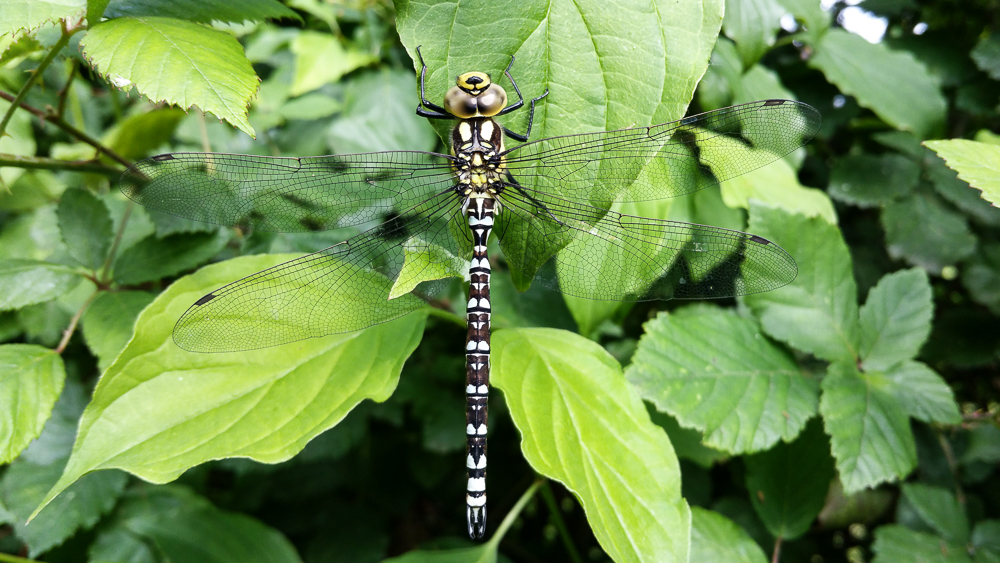
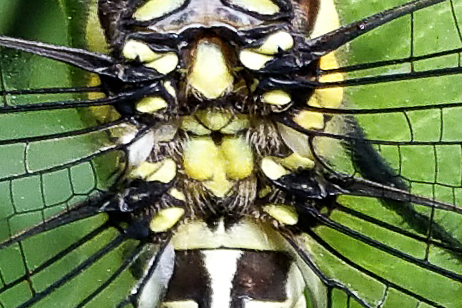



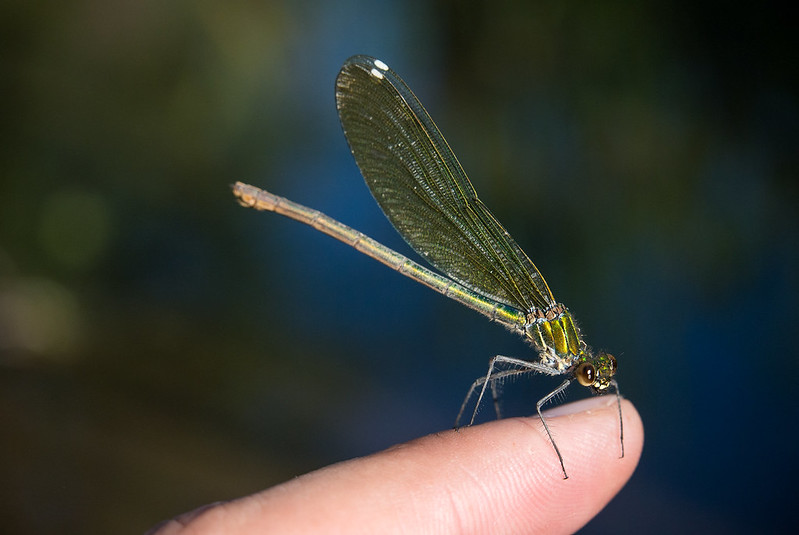
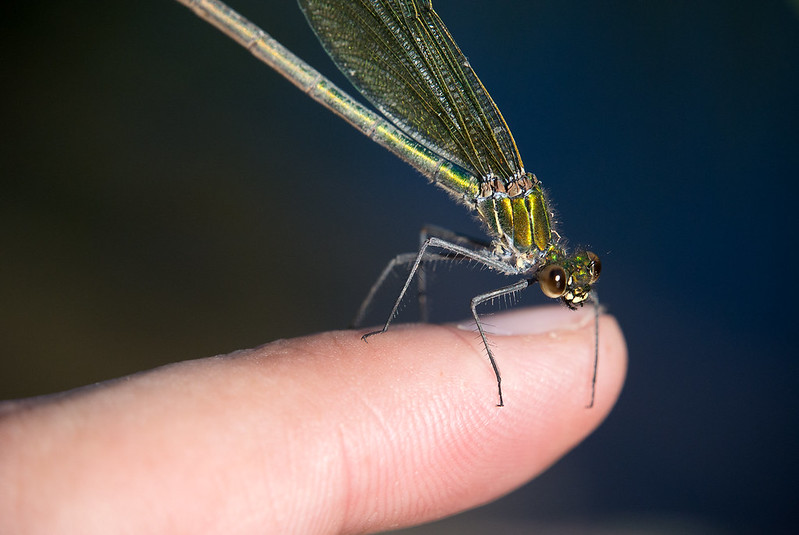

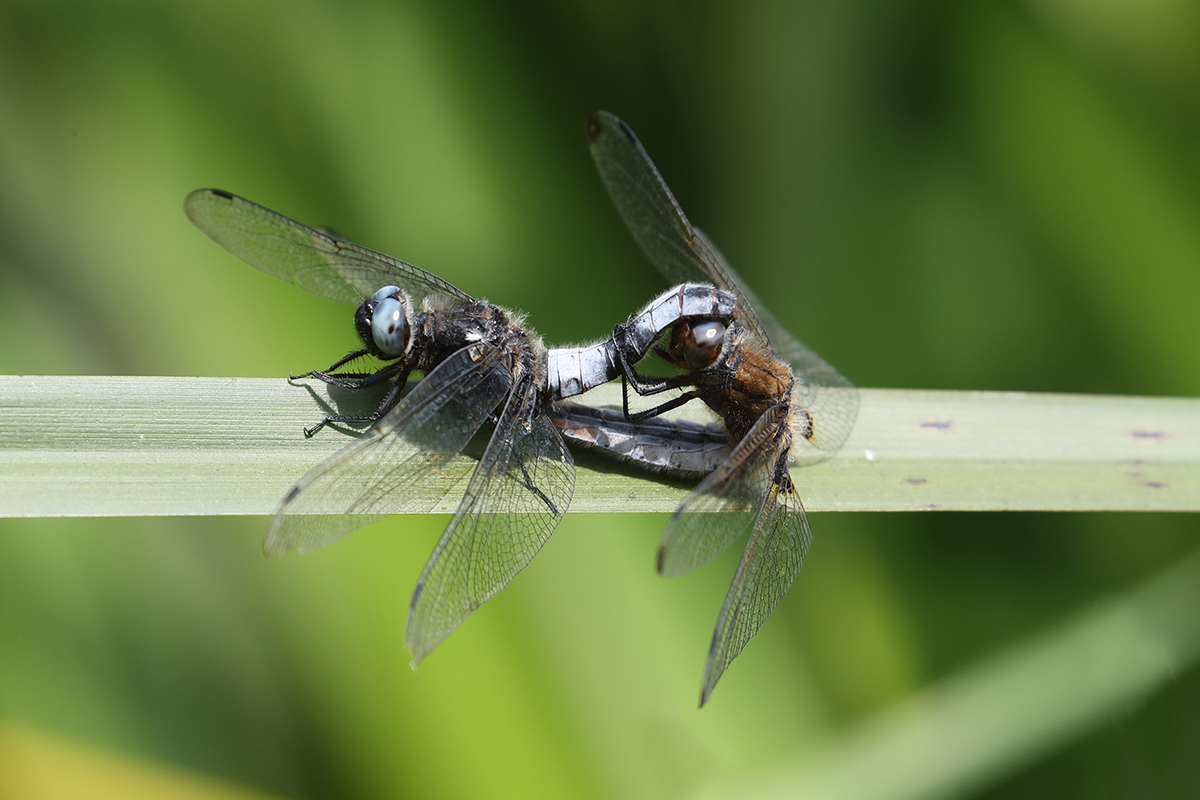 Scarce Chasers
Scarce Chasers
